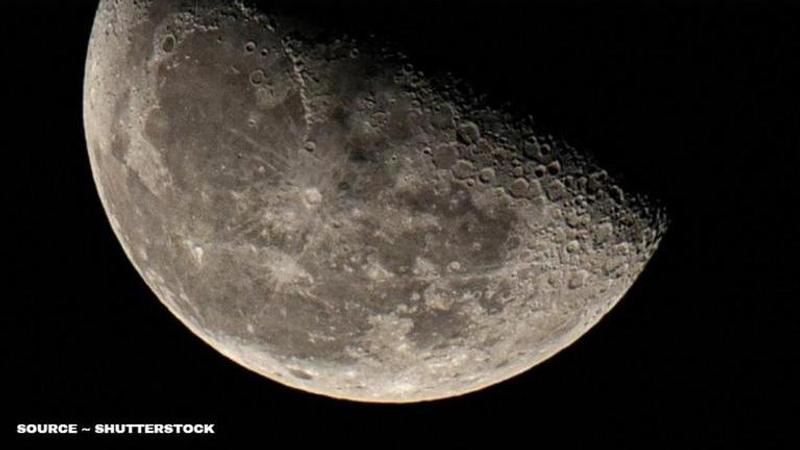Published 17:34 IST, May 22nd 2020
ISRO to make 'Moon Soil' in India with a patent in hand; says it will aid Moon travel
ISRO has received a patent to replicate Moon Soil in India. ISRO Chief says it was important as it will assist Chandrayan-3's mission on Moon. Read more.

Indian Space Research Organisation (ISRO) has obtained the patent for its extraordinary process of manufacturing artificial Moon Soil on Earth. The Lunar soil or the moon soil is called as 'Regolith' and making it on Earth will not only facilitate the study of the mobility of lunar rovers but it will help in anticipating the Moon surface before sending rovers. ISRO's application revealed that the method can effectively replicate lunar soil and it is also cost-effective.
ISRO procures patent for producing Moon Soil on Earth
Gaining the patent was amongst the few essential things required to begin with producing Regolith on Earth. All the required procedures have been fulfilled to start with the process of creating and producing the lunar soil simulant. ISRO has also found all the necessary factors such as mineralogy, grain size distribution, bulk chemistry and geo-mechanical properties, as per the patent application.
Also Read | 'Will follow govt guidelines & enable private players to carry out space activities': ISRO
According to the recent reports, this patented process has enabled the Indian Space Research Organisation to replicate the highland lunar soil. The replicated soil will aid ISRO to perform tests and observations before sending the rovers on Moon's surface. The reports revealed that Moon's surface comprises 80 per cent of 'Highlands' which are the treacherous areas on the surface of the moon with craters, cavities and mountains.
Many other space organisations from several countries have failed to replicate lunar soil simulant and its behaviour on Earth. The difference between ISRO's lunar soil simulant and other agency's simulants is that ISRO has successfully found a way to replicate highlands where others created moon soil which is generally found in the flat regions of the Moon.
Also Read | 'Solar Minimum' may have adverse effects on Earth; however its occurrence inevitable: NASA
ISRO chief K. Sivan in his statement revealed that this new progress of the space agency will ensure successful soft landing of Chandrayaan-3 rover through a sustainable preparation stimulus. As per the reports, ISRO's Chandrayaan-3 mission is expected to launch by late 2020 or early in 2021. The Chandrayaan-3 is going to have a lander and rover, unlike the Chandrayaan-2 which constituted of an orbiter along with a lander and rover. The ISRO Chief explained that Chandrayaan-2 orbiter remains in good health and should continue to operate for years to come and so there is no need to send an orbiter in India's third mission on Moon.
All Images credit: ISRO
Updated 17:49 IST, May 22nd 2020





